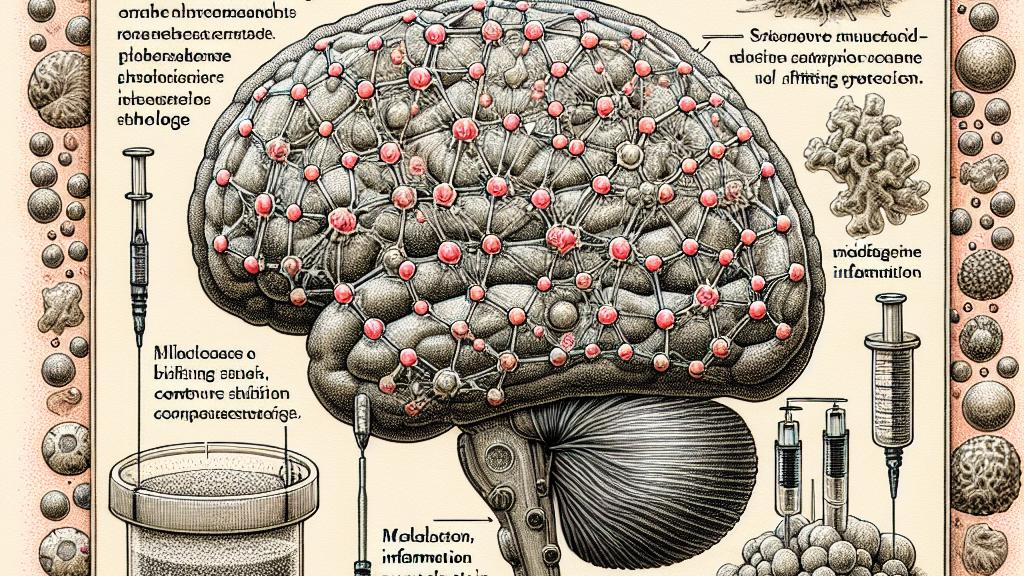Enhancing Brain-Computer Interface Performance with Drug-Loaded Hydrogel Technology
Overview
- Revolutionary drug-loaded hydrogel microelectrode arrays are set to transform neural activity detection.
- Innovative hydrogel coatings effectively reduce inflammation, significantly boosting electrode stability.
- These advancements promise to revolutionize brain-computer interfaces, paving the way for breakthroughs in treating neurological disorders and enhancing human capabilities.

A Groundbreaking Innovation in Brain-Computer Interfaces
In a remarkable leap forward for neurotechnology, researchers in China, particularly from the Chinese Academy of Sciences, have made a stunning breakthrough that could reshape the realm of brain-computer interfaces (BCIs). They have developed drug-loaded hydrogel-coated microelectrode arrays (MEAs) that excel in long-term monitoring of neural activity, a feat that traditional designs struggled to achieve. Conventional electrodes often led to inflammation due to the significant stiffness discrepancy between the electrodes and the brain’s soft tissue, resulting in dreaded complications like glial scar formation. However, this innovative team has integrated a specially engineered hydrogel made from a blend of calcium alginate and chitosan, loaded with the anti-inflammatory drug dexamethasone sodium phosphate. This new design not only adapts seamlessly to soft brain structures but also actively mitigates inflammation—making it a monumental advancement in the field.
Elevating Neural Detection to New Heights
The capabilities of these groundbreaking MEAs are nothing short of astounding. In practical applications, they have demonstrated exceptional success in detecting dopamine—a crucial neurotransmitter—showing high sensitivity and reliability. During rigorous testing, these electrodes were able to capture complex patterns of neural activity in various states, whether the subject was awake, anesthetized, or engaged in challenging cognitive tasks. Such advances empower researchers to collect invaluable data that not only propels neuroscience forward but also unlocks new pathways for therapeutic strategies against neurological disorders like epilepsy and Parkinson’s disease. Envision a future where physicians can monitor brain activities in real-time, gaining profound insights into mental health conditions. This ability could lead to the development of targeted therapies that not only alleviate symptoms but also enhance quality of life dramatically.
The Bright Future of Brain-Computer Interfaces Awaits
As we gaze into the future, the implications of these advancements in BCIs resonate profoundly. The year 2023 has been declared the 'Year of Brain-Computer Interfaces,' showcasing unprecedented growth and unveiling remarkable applications—ranging from innovative medical treatments to enhancing the abilities of individuals with disabilities. The integration of novel drug delivery systems, along with state-of-the-art microelectrode technology, suggests we are on the cusp of a revolutionary era in medical applications. Imagine a world where neurological disorders are effectively managed not just through medication, but through direct interaction with the brain using advanced technology. This evolution of BCI technology highlights a pivotal moment, demonstrating that with each stride we take, we inch closer to unlocking the immense potential of human-machine interactions—where dreams of science become tangible realities, fundamentally changing lives for the better.

Loading...